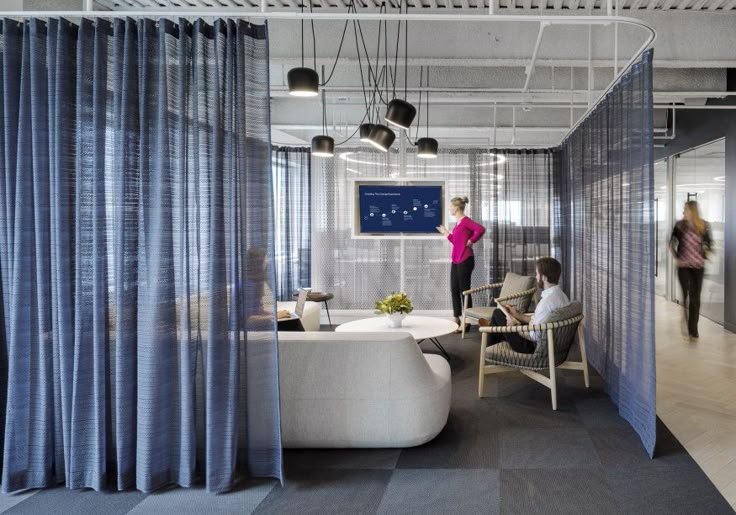Advanced curtain wall systems are non-structural, lightweight exterior building facades that offer aesthetic enhancements, energy efficiency, and sustainability. They are typically made of materials like aluminum and glass and are designed to be weather-tight and to transfer wind and gravity loads to the building's structure.
Design and engineering considerations encompass a wide range of factors that must be taken into account when developing and implementing a project or product. These considerations include functionality, safety, reliability, manufacturability, cost, and environmental impact. The engineering design process also involves several key steps, such as problem definition, idea generation, planning, prototyping, evaluation, and presentation.
Installation best practices involve planning ahead, following instructions, documenting everything, troubleshooting effectively, and providing training and support. These practices ensure successful and reliable installations, whether for software, hardware, or other projects.
Specialized components and systems are those designed and built for specific applications or purposes, rather than being general-purpose or widely applicable. They often involve unique designs, features, and functionalities tailored to the needs of a particular industry or task.
Quality control (QC) testing is a series of procedures used to ensure that a product or service meets specific quality standards and specifications. It involves inspecting, measuring, and testing products and processes to identify and correct any deviations from desired quality levels.
Safety and risk management are interconnected processes focused on identifying, assessing, and controlling hazards to minimize potential harm or loss. Safety aims to create and maintain safe conditions, while risk management provides a systematic approach to dealing with potential dangers.
Case studies are in-depth analyses of a specific event, person, or organization, while troubleshooting is the process of identifying and resolving technical problems. Case studies help understand complex situations and explore potential solutions, while troubleshooting focuses on practical fixes and problem-solving.





